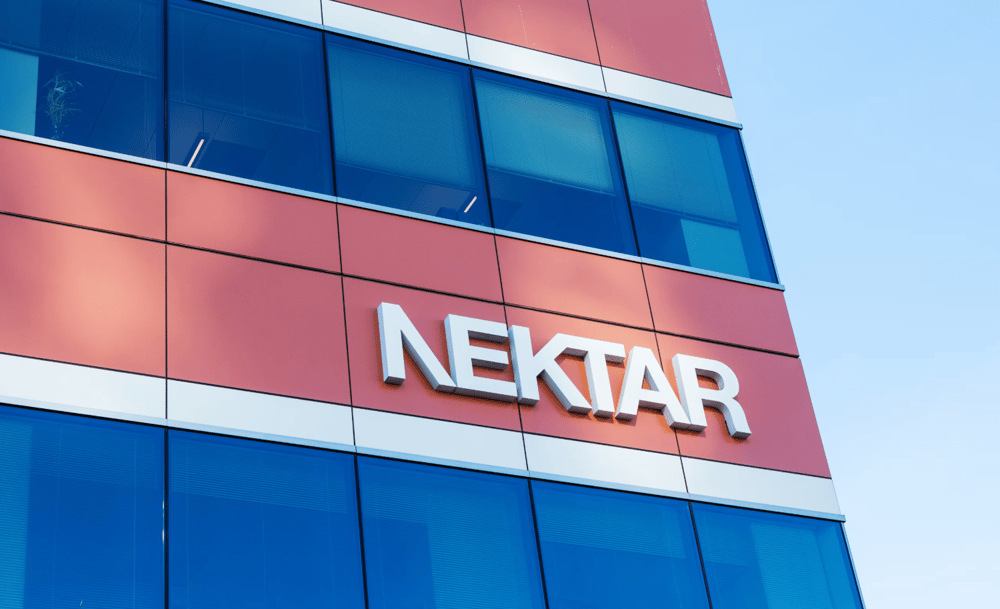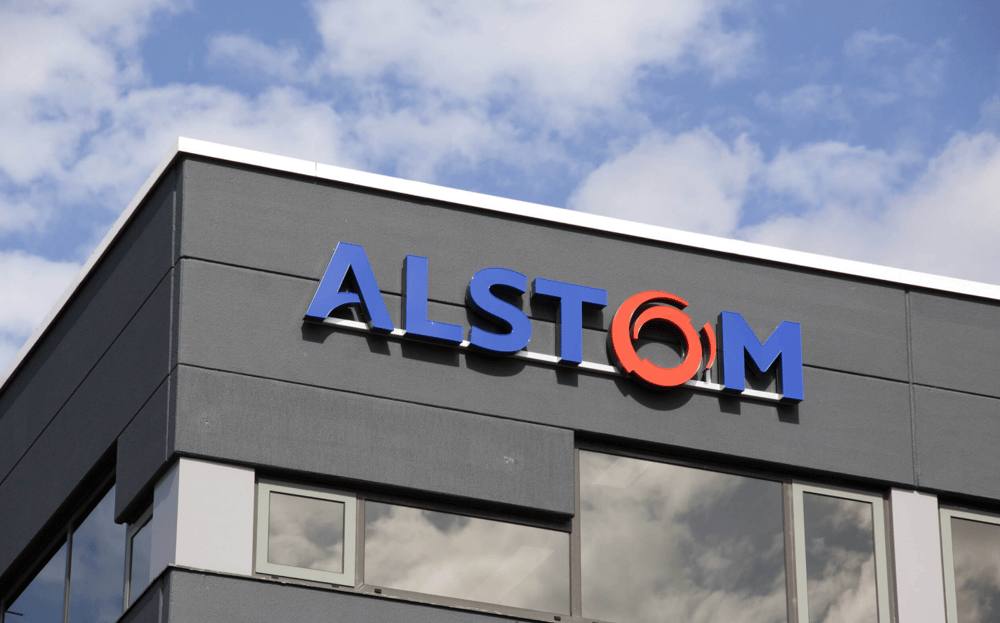EU Wi-Fi Spectrum Demand Pits Internet Providers Against Mobile Operators in 6 GHz Band Dispute
A coalition of 58 internet service providers (ISPs) and technology associations has formally petitioned the European Commission to open the upper 6 GHz frequency band for unrestricted Wi-Fi use. The request, addressed to EU technology chief Henna Virkkunen, highlights a growing conflict between fixed broadband providers and mobile network operators over spectrum allocation in a high-demand frequency range.
The campaign, led by the Dynamic Spectrum Alliance, signals rising tensions in Europe’s digital infrastructure policy, as regulators balance between advancing 5G networks and accommodating soaring Wi-Fi demand driven by smart homes, industrial IoT, and streaming services.
Spectrum Tug-of-War: The 6 GHz Band and Competing Interests
The dispute centers on the upper portion of the 6 GHz spectrum (6425–7125 MHz), a frequency range seen as vital for delivering high-capacity, low-latency wireless connectivity. While many countries—including the United States—have already opened this band for Wi-Fi 6E and upcoming Wi-Fi 7 standards, the EU has so far reserved only the lower 6 GHz band (5925–6425 MHz) for unlicensed use.
Telecom operators are lobbying to reserve the upper band for future mobile network development, particularly 5G Advanced and 6G. In contrast, Wi-Fi advocates argue that unlicensed access is critical to closing the digital divide, supporting indoor connectivity, and relieving pressure on overloaded networks.

Key Facts:
Petitioners: 58 ISPs and trade associations
Target: European Commission, led by Henna Virkkunen
Spectrum: Upper 6 GHz band (6425–7125 MHz)
Purpose: Allocate for unlicensed Wi-Fi access
Opposition: Mobile operators seeking exclusive spectrum for 5G/6G
Advocacy group: Dynamic Spectrum Alliance
Industry Impact and Policy Repercussions
The petition comes at a time when European households and industries increasingly rely on high-throughput Wi-Fi for day-to-day operations—from video conferencing and UHD streaming to smart appliances and connected sensors. According to industry analysts, granting unlicensed access to the full 6 GHz band could double Wi-Fi capacity, lower latency, and reduce dependence on cellular infrastructure in indoor environments.
On the other hand, mobile network operators argue that exclusive spectrum access is essential to meet future mobile traffic demand and support technologies requiring ultra-reliable low-latency communication (URLLC), such as autonomous driving and remote surgery.
Regulators now face a strategic decision: whether to prioritize flexible, decentralized wireless access through Wi-Fi or concentrate future investments in centralized 5G/6G infrastructure led by telecom incumbents.

Key Developments:
Growing demand for high-capacity wireless access fuels spectrum disputes.
Wi-Fi stakeholders advocate unlicensed use of upper 6 GHz band to support home and industrial networks.
Mobile telecoms resist shared access, pushing for exclusive licensing to future-proof mobile broadband.
Regulatory alignment with the U.S. and Asia could shape Europe's competitiveness in next-gen wireless tech.
Digital policy decisions now directly influence infrastructure investment, consumer experience, and innovation.
Strategic Spectrum Policy at a Crossroads in the EU
The EU’s final stance on the 6 GHz band will significantly shape its digital infrastructure roadmap for the next decade. As demand for wireless data continues to climb, particularly with the advent of Wi-Fi 7 and expanded IoT ecosystems, spectrum policy becomes a critical lever for innovation, competition, and consumer welfare.
While telecoms warn of capacity bottlenecks without exclusive access, internet service providers and global advocacy groups argue for a balanced spectrum model that empowers both fixed and mobile platforms. The outcome of this regulatory debate will set a precedent not only for Europe but for global spectrum governance.















Comments